Welcome to our website! In today’s digital age, cyber security is of utmost importance. With the increasing number of cyber threats and attacks, it is crucial for individuals and organizations to have a strong understanding of cyber security fundamentals. In this post, we will introduce you to a comprehensive guide titled “Cyber Security Fundamentals PDF”. This guide is designed to provide you with the essential knowledge and skills to protect yourself and your digital assets from cyber threats.
In the following sections, we will delve into the key topics covered in the Cyber Security Fundamentals PDF. We will start by exploring the concept of cyber security and its significance in our daily lives. Understanding the basics of cyber security is essential for anyone who uses the internet, as it helps us identify potential risks and take necessary precautions to mitigate them.
Next, we will discuss the different types of cyber threats that individuals and organizations face. From malware and phishing attacks to data breaches and social engineering, the cyber threat landscape is constantly evolving. By familiarizing ourselves with these threats, we can better protect ourselves and our digital assets.
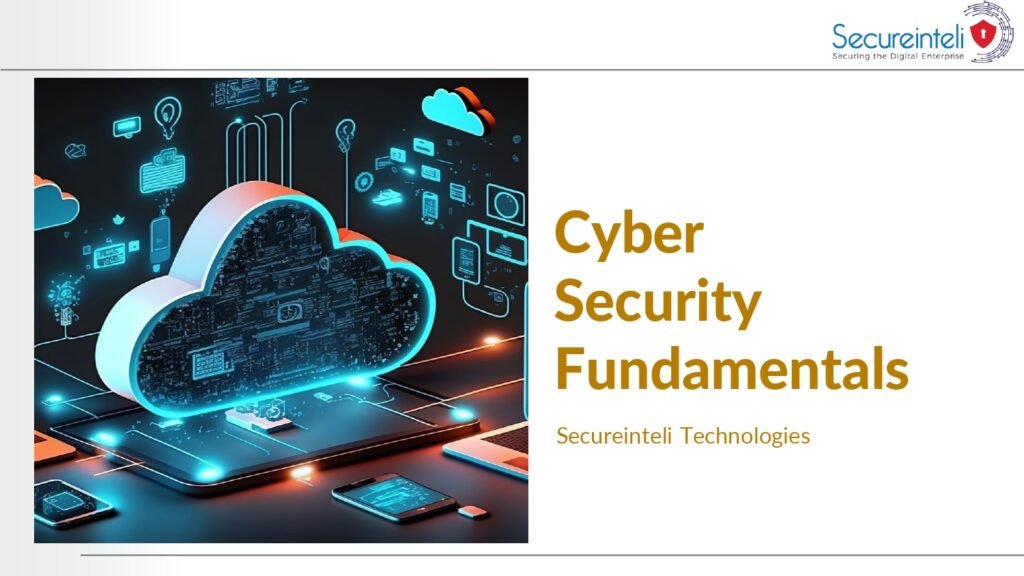
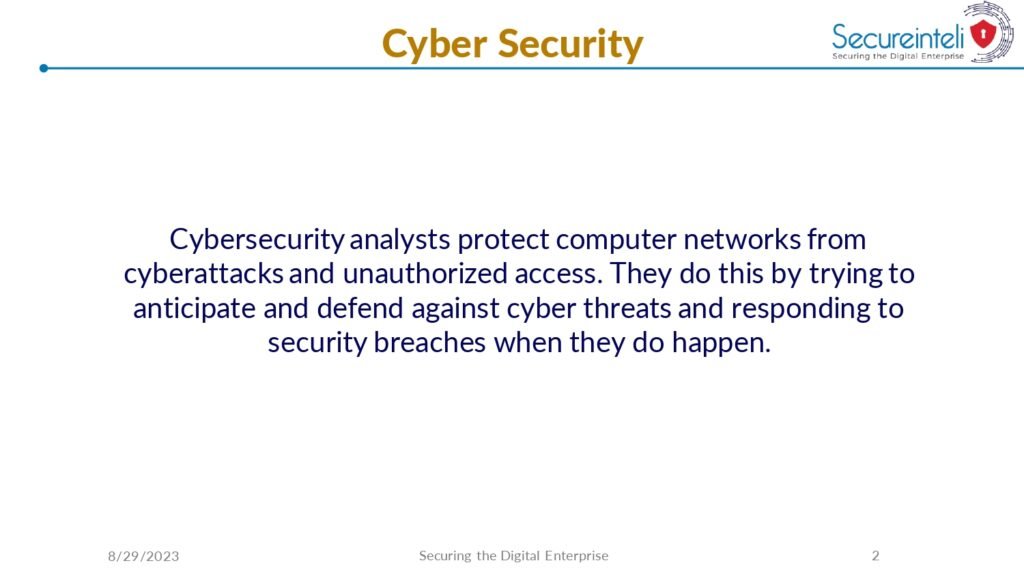
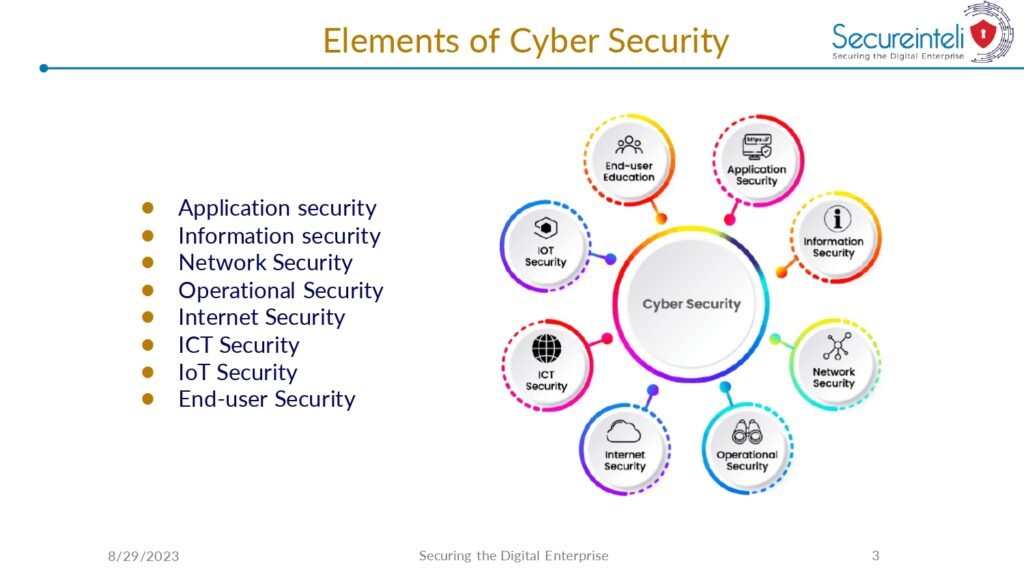
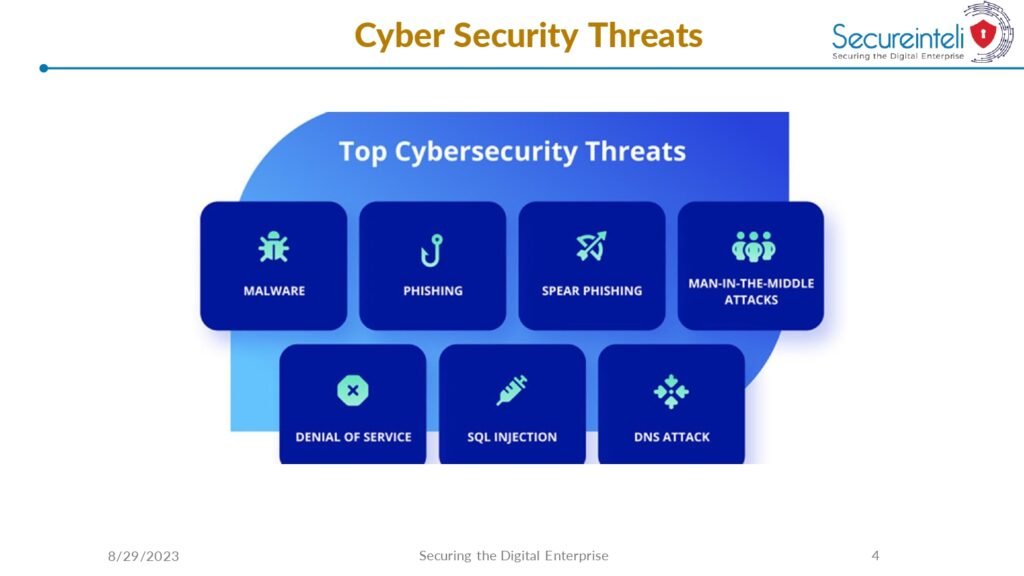

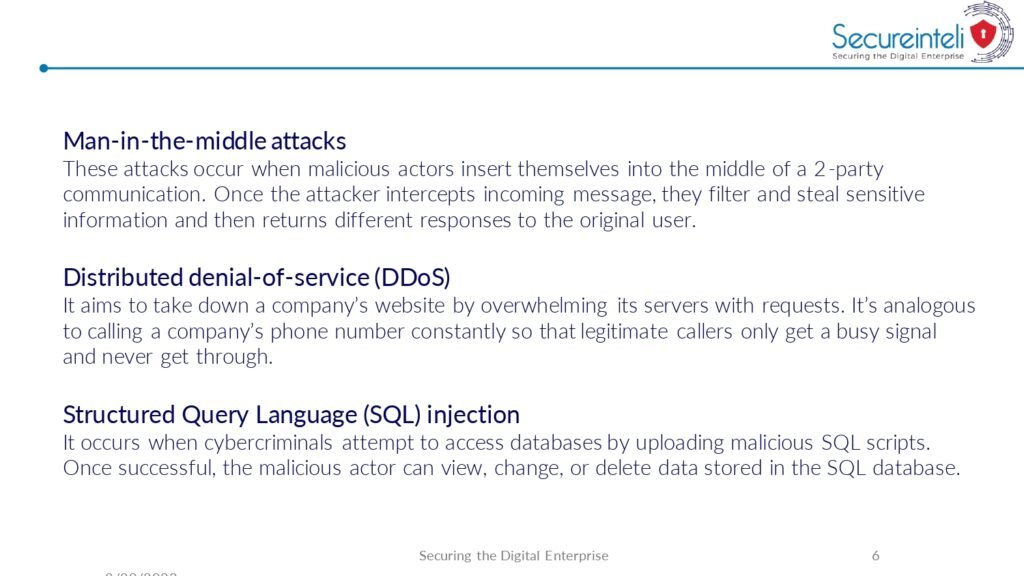
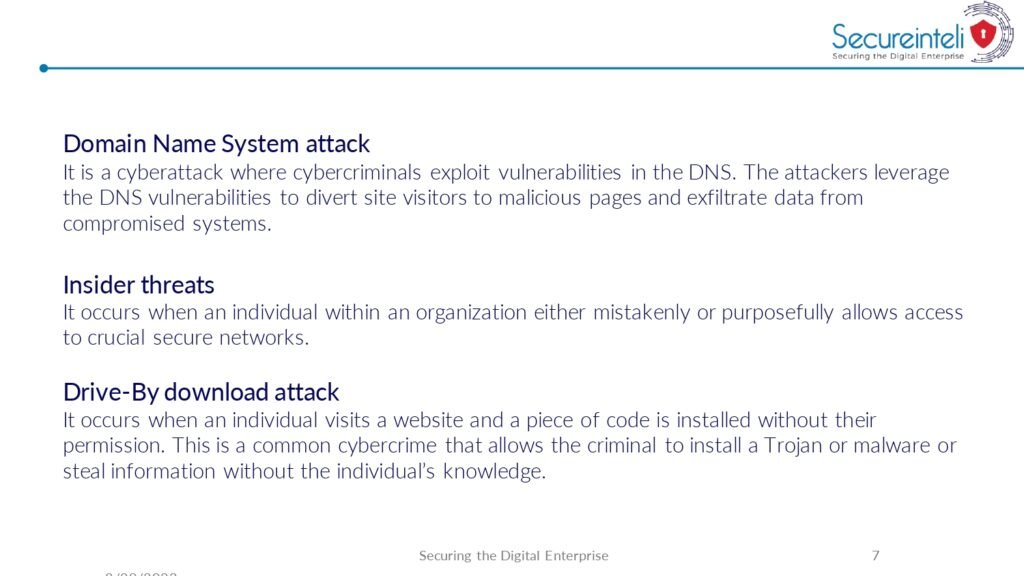
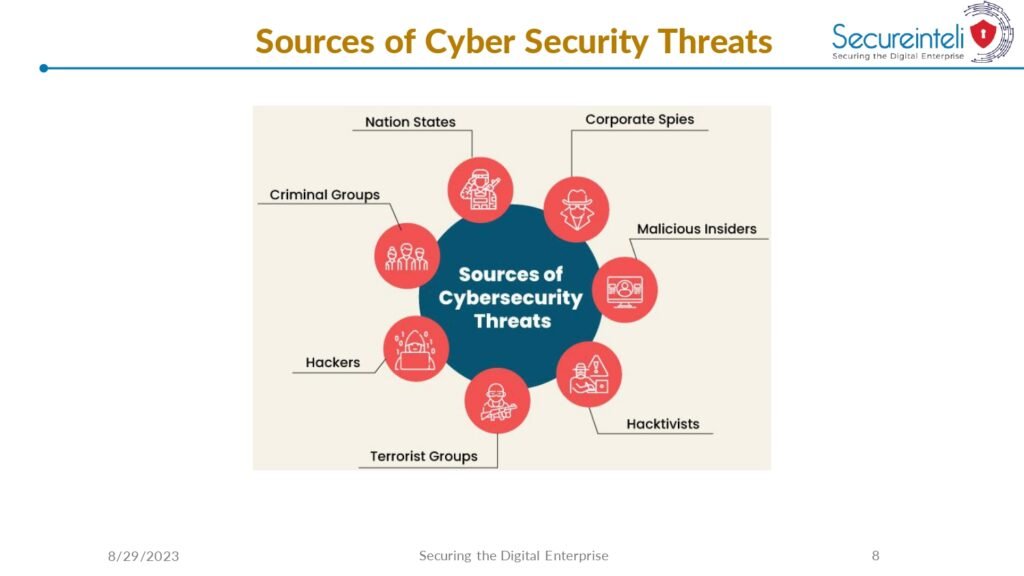

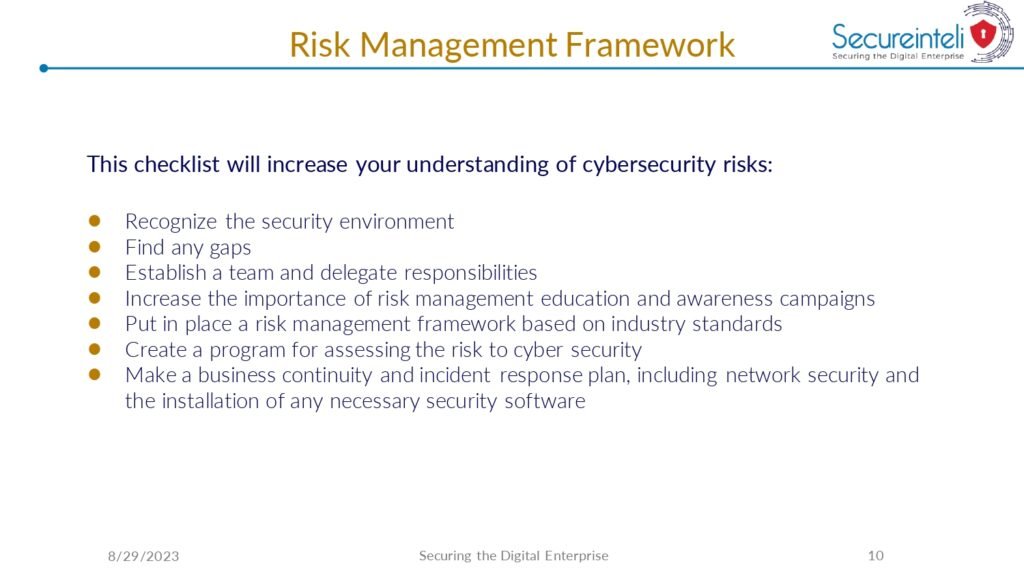
The Cyber Security Fundamentals PDF also covers the importance of strong passwords and encryption techniques. Passwords are often the first line of defense against unauthorized access, and using weak or easily guessable passwords can leave us vulnerable to attacks. The guide will provide tips and best practices for creating strong passwords and implementing encryption to safeguard our sensitive information.
In addition to individual security measures, the guide also emphasizes the importance of a proactive approach to cyber security within organizations. We will explore the concept of risk management and how it can help businesses identify and prioritize potential vulnerabilities. By implementing effective risk management strategies, organizations can minimize the impact of cyber attacks and ensure business continuity.
Furthermore, the Cyber Security Fundamentals PDF highlights the role of education and awareness in maintaining a secure digital environment. It provides valuable insights on how to educate employees and raise awareness about cyber security best practices. After all, a well-informed workforce is the first line of defense against cyber threats.
Finally, the guide concludes with a comprehensive checklist that serves as a quick reference for implementing the key cyber security practices discussed throughout the document. This checklist can be used by individuals and organizations alike to assess their current security measures and identify areas for improvement.
By the end of this guide, you will have a solid foundation in cyber security fundamentals and be equipped with the knowledge and tools to protect yourself and your digital assets. So, let’s dive in and start our journey towards a safer and more secure digital world!
Whether you are just starting your journey in the field of cyber security or looking to enhance your existing knowledge, the “Cyber Security Fundamentals PDF” guide is designed to meet your needs. This comprehensive resource provides a solid foundation in the principles and practices of cyber security, equipping you with the essential knowledge and skills to navigate the complex and ever-evolving landscape of digital threats.
One of the key strengths of this guide is its systematic approach to presenting the material. It begins with an introduction to the fundamental concepts of cyber security, such as the importance of confidentiality, integrity, and availability. From there, it delves into the various types of cyber threats and the techniques used by malicious actors to exploit vulnerabilities in computer systems and networks.
The guide also covers the essential tools and technologies used in cyber security, including firewalls, intrusion detection systems, and encryption algorithms. It provides detailed explanations of how these tools work and how they can be effectively deployed to protect against common cyber attacks.
Furthermore, the guide addresses the importance of risk management in cyber security. It explores the process of identifying, assessing, and mitigating risks, as well as the legal and ethical considerations that come into play when dealing with sensitive information.
Throughout the guide, real-world examples and case studies are used to illustrate key concepts and demonstrate their practical application. This not only enhances understanding but also provides valuable insights into the challenges faced by cyber security professionals in their day-to-day work.
Whether you are an IT professional looking to specialize in cyber security or a business owner seeking to safeguard your organization’s digital assets, the “Cyber Security Fundamentals PDF” guide is an indispensable resource. Its comprehensive coverage, accessible language, and practical approach make it an invaluable tool for anyone seeking to navigate the complex and rapidly evolving world of cyber security.
In addition to the topics mentioned above, the guide also delves into the world of social engineering and its impact on cyber security. It explores the various tactics used by cyber criminals to manipulate individuals and gain unauthorized access to sensitive data. The chapter on social engineering provides valuable insights into how to recognize and prevent these types of attacks.
Furthermore, the guide goes into detail about the importance of creating strong and unique passwords for all your online accounts. It explains the common mistakes people make when it comes to password security and provides practical tips on how to create passwords that are difficult to crack. Additionally, it discusses the use of password managers as a secure way to store and manage all your passwords.
Another important aspect covered in the guide is the role of encryption in cyber security. It explains the concept of encryption and how it can be used to protect sensitive data from unauthorized access. The guide also provides an overview of different encryption methods and their strengths and weaknesses.
Moreover, the guide addresses the growing concern of mobile security. With the increasing use of smartphones and tablets, it is crucial to understand the potential risks associated with these devices. The chapter on mobile security provides practical tips on how to secure your mobile devices and protect your personal information while on the go.
Lastly, the guide emphasizes the importance of regular software updates and patches. It explains how outdated software can leave your devices vulnerable to cyber attacks and provides guidance on how to keep your software up to date.
Overall, the guide aims to provide a comprehensive understanding of cyber security and equip readers with the knowledge and tools necessary to protect themselves and their digital assets from cyber threats. Whether you are an individual, a small business owner, or an IT professional, this guide is a valuable resource for enhancing your cyber security practices.
Key Topics
Throughout the guide, several key topics are covered in detail. These topics include:
- Understanding the different types of malware and how to protect against them
- Securing your wireless networks to prevent unauthorized access
- Implementing strong passwords and two-factor authentication
- Recognizing phishing attempts and avoiding falling victim to them
- Understanding the role of encryption in securing your data
- Keeping your software and operating systems up to date
- Creating backups of your important data
- Protecting yourself from social engineering attacks
- Securing your mobile devices and protecting your personal information
- Using secure browsing practices to avoid malicious websites
By understanding and implementing these key topics, you will significantly enhance your cyber security posture and reduce the risk of falling victim to cyber attacks. In the following sections, we will delve into each topic in more detail, providing you with practical tips and strategies to effectively safeguard your digital life.
Malware is a broad term that encompasses various types of malicious software, such as viruses, worms, trojans, ransomware, and spyware. Understanding the different types of malware is crucial in order to effectively protect your devices and data. We will explore common attack vectors and provide guidance on how to detect and remove malware from your systems.
Wireless networks are convenient, but they can also be vulnerable to attacks if not properly secured. We will discuss best practices for securing your Wi-Fi network, including setting a strong password, enabling encryption, and configuring your router’s settings to prevent unauthorized access.
Passwords are the first line of defense against unauthorized access to your online accounts. We will explain the characteristics of strong passwords and provide tips on how to create and manage them. Additionally, we will explore the benefits of two-factor authentication and how to enable it for your accounts.
Phishing is a common method used by cyber criminals to trick individuals into revealing sensitive information, such as login credentials or credit card details. We will teach you how to recognize phishing attempts and provide guidance on how to avoid falling victim to them.
Encryption is a powerful tool that can protect your data from unauthorized access. We will explain the basics of encryption and its role in securing your sensitive information. Additionally, we will discuss encryption methods for different scenarios, such as encrypting your emails and files.
Keeping your software and operating systems up to date is essential for maintaining a secure digital environment. We will explain the importance of software updates and provide guidance on how to keep your devices patched and protected against known vulnerabilities.
Creating regular backups of your important data is crucial in case of a cyber attack or hardware failure. We will discuss different backup strategies and recommend tools to help you automate the backup process.
In addition to the key topics mentioned above, we will also cover additional aspects of cyber security, such as protecting yourself from social engineering attacks, securing your mobile devices, and using secure browsing practices to avoid malicious websites. By addressing these topics comprehensively, you will be well-equipped to navigate the digital landscape with confidence and protect your personal information.
The first page of the guide introduces the concept of cyber security and its importance in today’s digital age. It explains the various threats that individuals and organizations face in cyberspace, such as malware, phishing attacks, and data breaches. The page also highlights the potential consequences of not taking cyber security seriously, including financial loss, reputational damage, and legal implications.
Download from Link
To access the “Cyber Security Fundamentals PDF” guide, simply click on the following link: [insert download link here].
Once downloaded, you can save it to your device and refer to it whenever needed. We highly recommend that you take the time to read through the guide thoroughly and implement the best practices outlined within.







